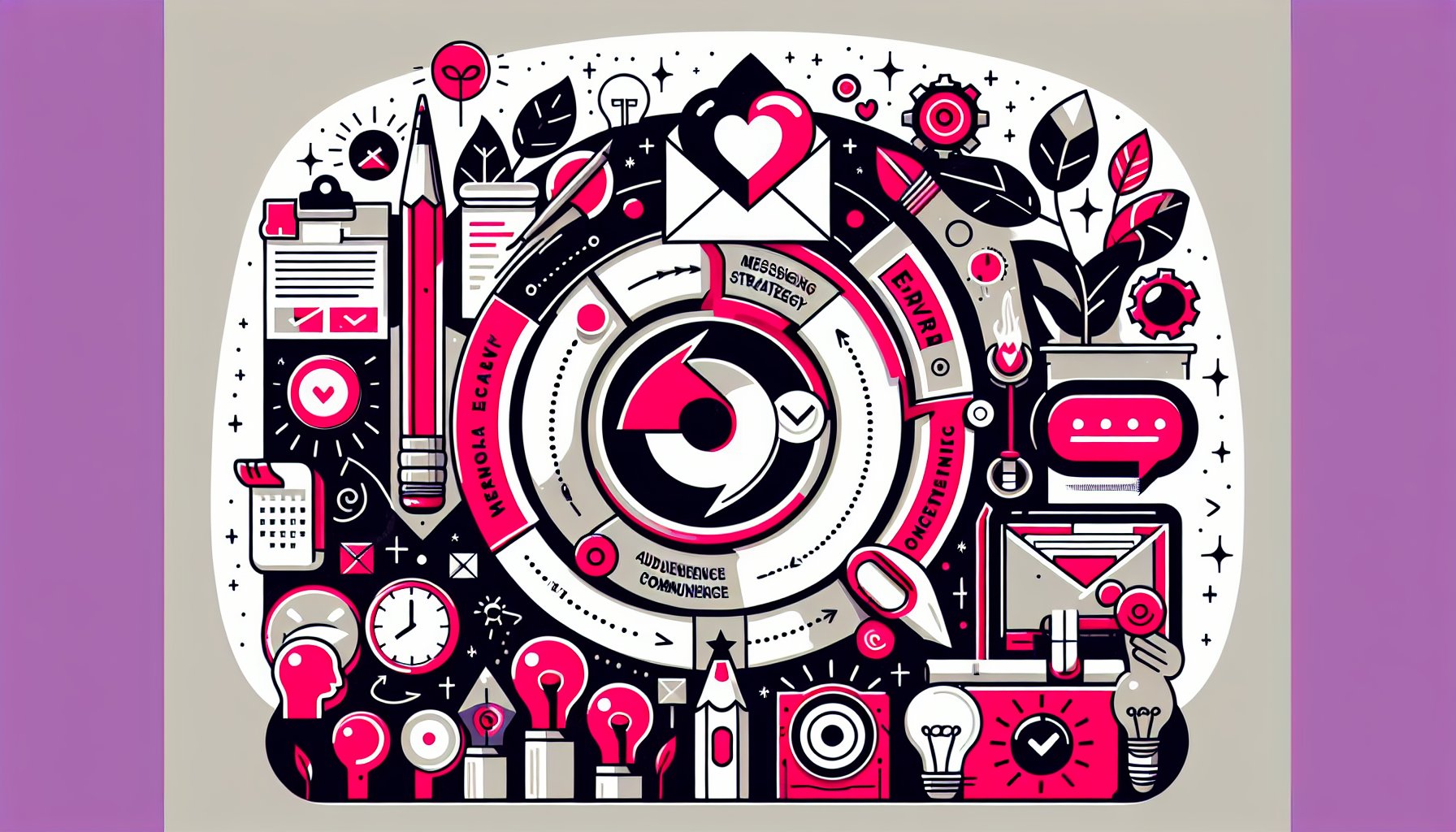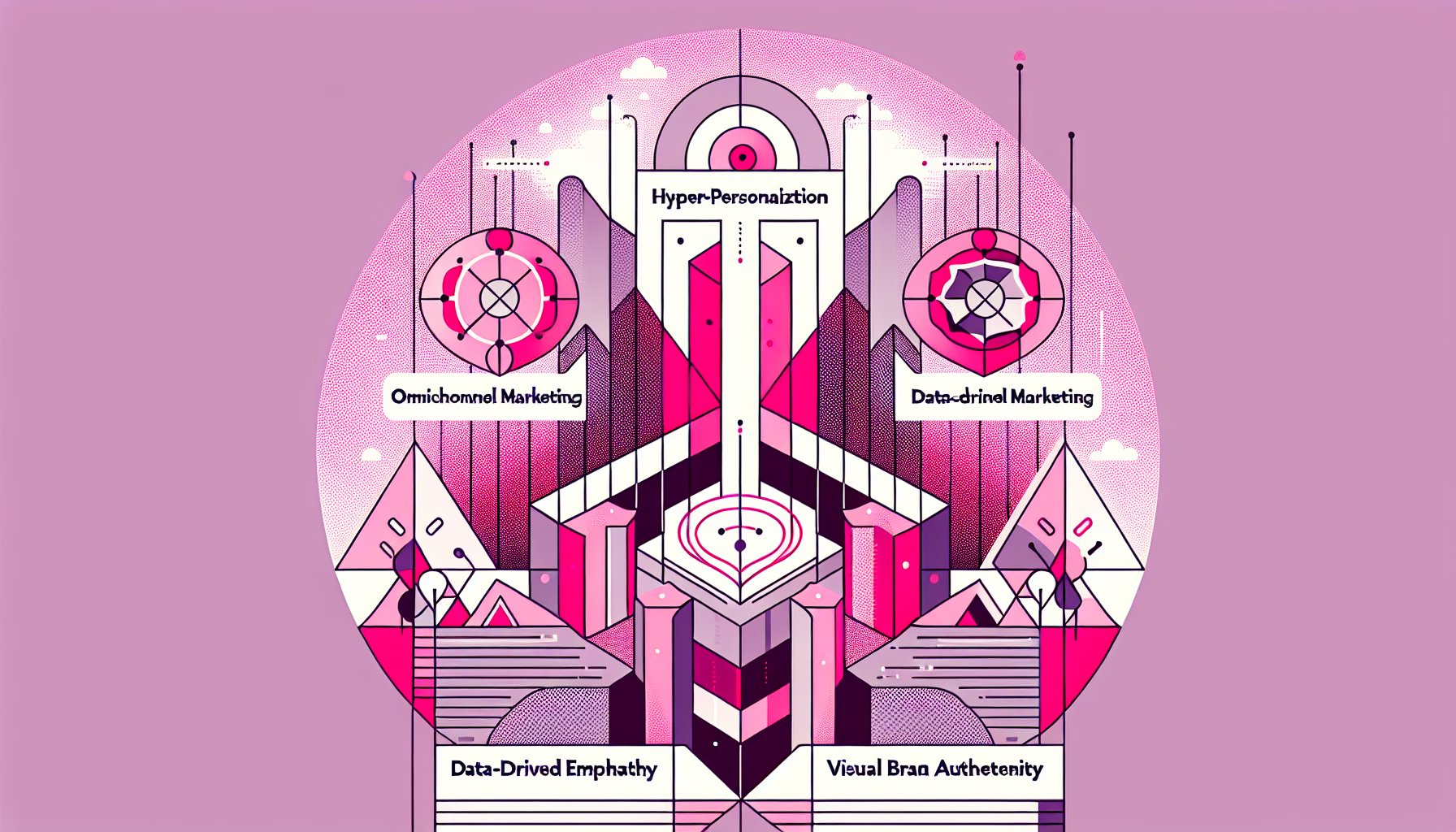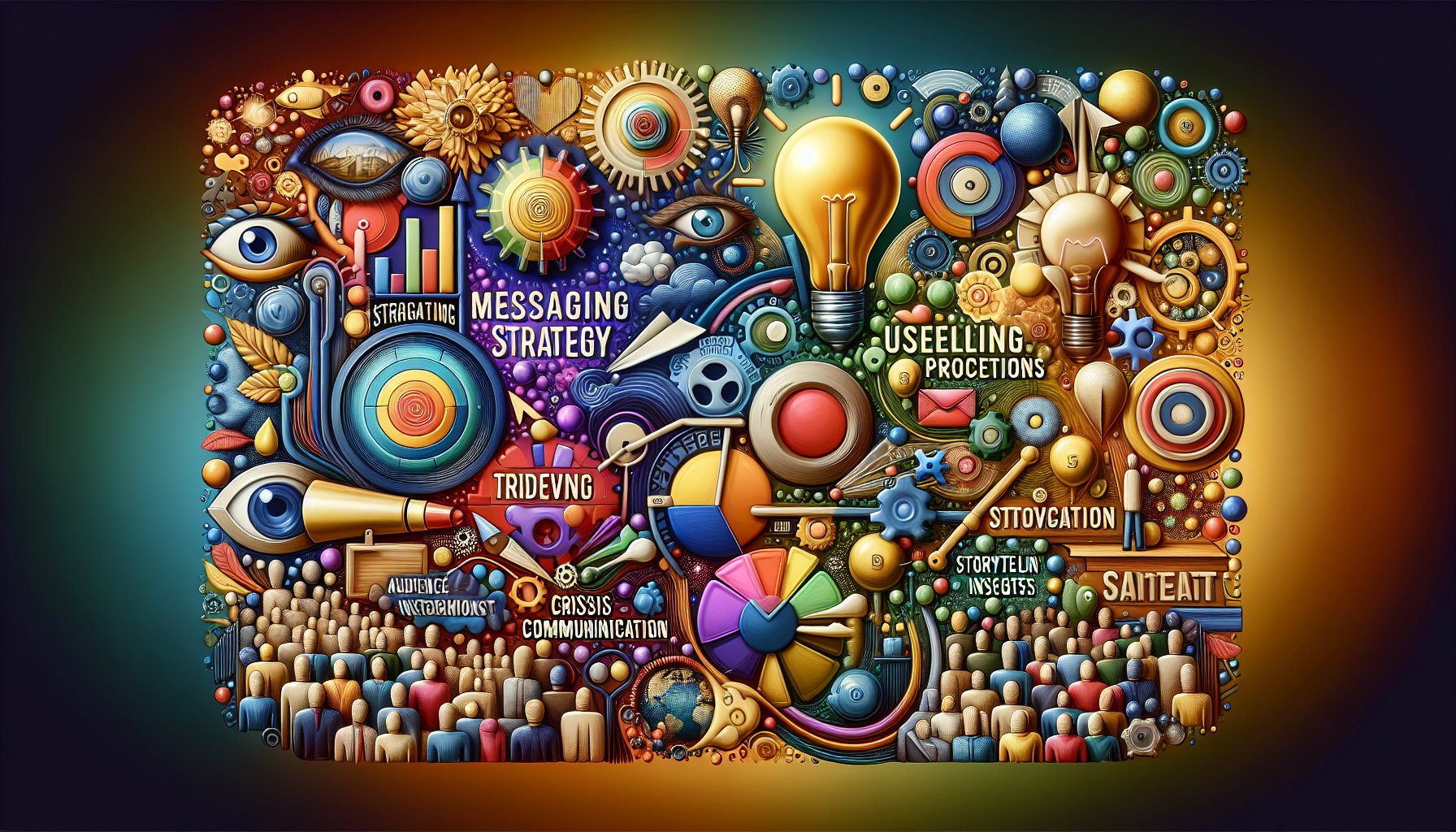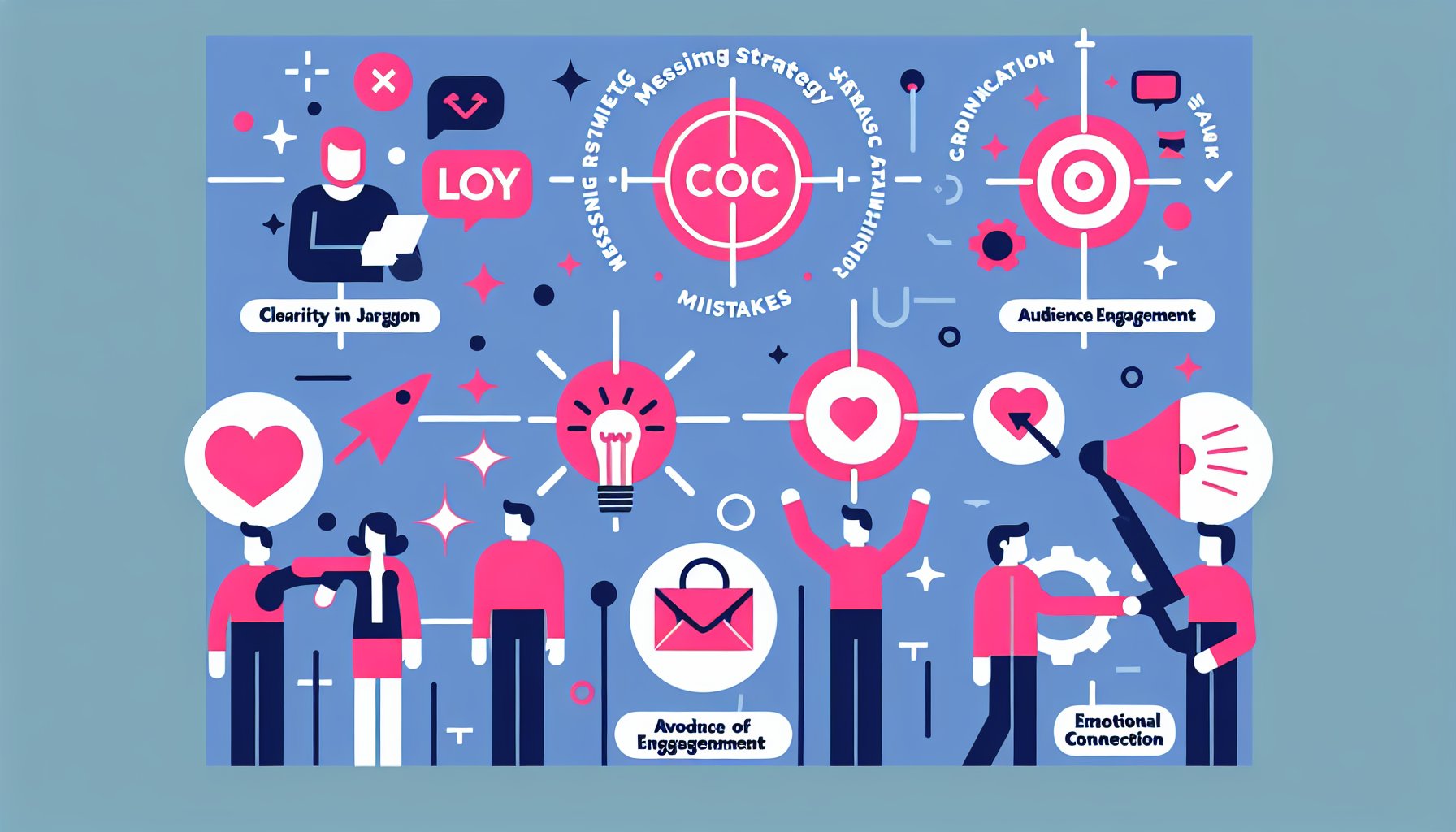Messaging Strategy
How to Create an Effective Messaging Strategy for Your Brand: A Step-by-Step Guide
Unlock the secrets to creating an effective messaging strategy for your brand with our step-by-step guide. Learn how to connect emotionally with your audience, craft compelling narratives, and build long-term loyalty. Start transforming your brand today!
Oct 23, 2025
4 min read

How to Create an Effective Messaging Strategy for Your Brand: A Step-by-Step Guide
TLDR
Creating a brand messaging strategy is about crafting a narrative that resonates emotionally with your audience. From understanding the core essence of your brand to decoding your audience’s needs and using a consistent narrative arc, each element plays a crucial role. Use language and visuals that connect, choose the right channels, and adapt over time. Listen to feedback, test your messages, and aim for a legacy that builds long-term loyalty.
1. The Heartbeat of Your Brand
Brand messaging is the pulse of your business, it's not merely words but the narrative that breathes life into your brand identity. Think of Nike's “Just Do It.” It's not just a slogan; it's a mindset. Your brand needs a similar, succinct message that creates emotional connections and fosters loyalty. In this noisy digital world, your brand needs a unique voice that not only showcases products but weaves a story that captivates and retains consumer interest.
2. Decoding Your Audience: The Message Matchmaker
Understanding your audience is like playing matchmaker, but for your brand. Data is your compass here. Delve into data analytics, but don’t ignore the heart-to-heart of qualitative insights. Discover what your audience values, their pain points, and what drives their decisions. Consider the small coffee shop that grew loyalty by telling stories about sustainable sourcing, it's about aligning your messaging with shared values.
3. The Narrative Arc
Crafting your brand's narrative is like writing a compelling novel that keeps readers coming back for more. Your brand is the protagonist, facing conflicts and providing resolutions your audience desires. This is how brands like Apple and Nike go beyond products, creating a movement and inviting consumers to become part of their story. Align your messaging across all touchpoints to ensure a cohesive, immersive experience.
4. Words that Matter: The Language of Connection
In an oversaturated market, choosing the right words can be the difference between standing out and fading in. Apple's “Think Different” campaign didn't sell products, it sold a philosophy. When you understand the psyche of your audience, you craft language that resonates, using a tone that reflects your brand’s personality and connects. Consistency here is key to reinforcing trust and recognition across all platforms.
5. Visuals that Speak
Visuals aren't just decoration; they're powerful storytellers. They evoke emotions and capture attention, amplifying your brand’s voice. Whether it's Coca-Cola's passionate red or Apple's minimalist aesthetic, the right visuals can embody your brand's core values. A consistent visual identity across platforms fortifies the emotional impact of your messaging.
6. Channeling the Message
In the cacophony of modern branding, where you say your message is almost as critical as what you say. Identify the platforms where your audience lives, Instagram, TikTok, LinkedIn, and tailor content that fits each unique space without losing sight of your brand’s consistent voice. Keep your message relevant by staying flexible and adapting to the ever-changing digital landscape.
7. Feedback Loops: Listening to Your Customers
Think of feedback loops as your brand's lifeblood. Engage with your audience, listen actively, and adapt based on their input. Nike's use of feedback through platforms like the Nike Run Club app shows how data can drive product innovation and strengthen brand loyalty. Treat feedback as a gift, not a threat, to grow and evolve continuously.
8. Testing Your Message: The Science of Messaging Optimization
Testing your message is like fine-tuning a musical instrument, it requires both art and science. Conduct A/B tests, leverage analytics, and gather direct feedback to understand what truly resonates with your audience. Messaging isn't static; it’s a dance of creativity and data that, when optimized, forges strong connections and drives growth.
9. The Evolutionary Path: Adapting Your Strategy Over Time
In an ever-changing digital world, adaptability is your brand’s best friend. Keep a pulse on consumer trends and adjust your strategy to stay relevant. Brands like Airbnb thrived by pivoting their messaging in response to the pandemic, showing that evolution in strategy isn’t just necessary; it’s vital for survival.
10. The Legacy of Your Message: Building Long-term Brand Loyalty
Your brand’s legacy isn't just about current success; it's about building a narrative that lasts. It’s the difference between a brand that’s a one-hit wonder and one that’s beloved for generations. Focus on cultivating loyalty through consistent, meaningful storytelling that resonates over time, creating advocates who don’t just buy your products but live your brand’s story.

Need Help?
Check out these related products that can help:








